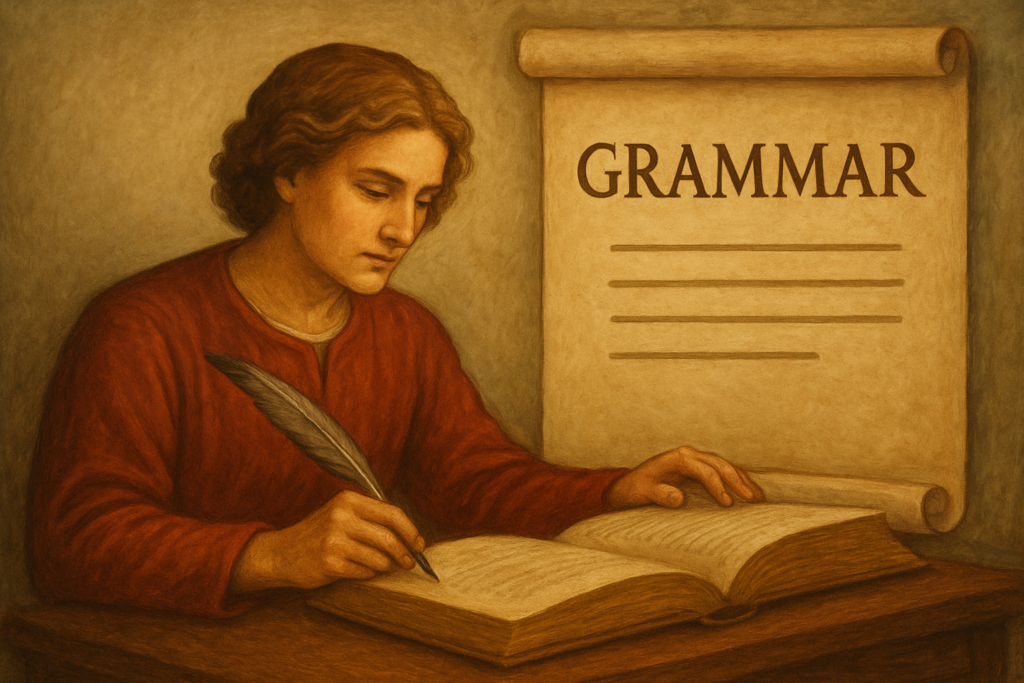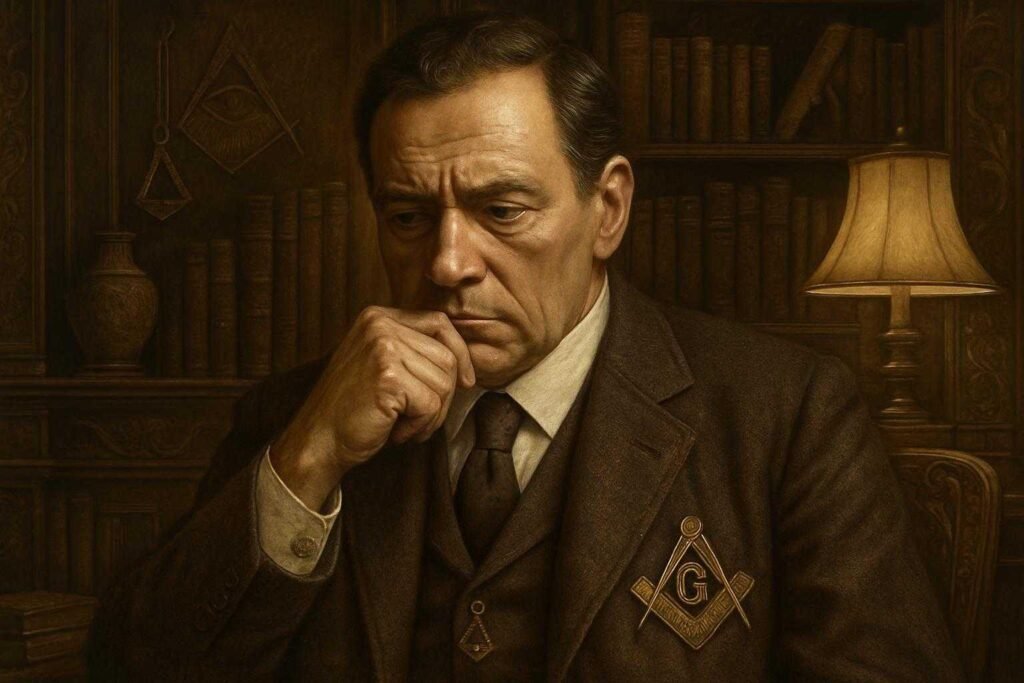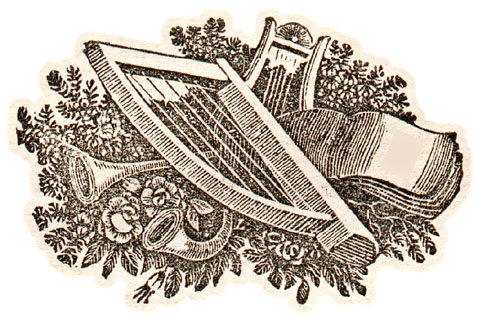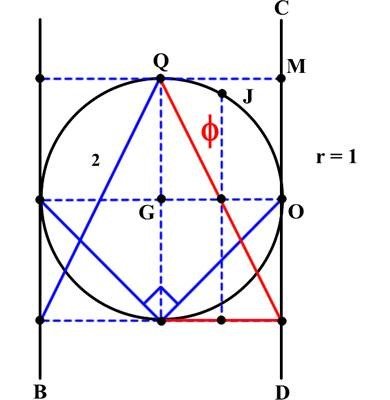Exploring their Meaning, Origins, and Relevance Today
Introduction
In the Charge after Initiation, every Freemason is encouraged to study the Seven Liberal Arts and Sciences, “as may lie within the compass of their attainment.” When I first heard this phrase, I was unfamiliar with what they were. So over time, I looked into them and I came to realise that these arts represent more than academic subjects; they are the foundation of intellectual and moral development, deeply connected to the symbolism and philosophy of Freemasonry.
In this post, we will explore what the Seven Liberal Arts and Sciences are, why they were so highly regarded, and what lessons they hold for Masons today.
The Seven Liberal Arts and Sciences are traditionally listed as:
- Grammar
- Rhetoric
- Logic
- Arithmetic
- Geometry
- Music
- Astronomy
These disciplines date back to the fourth century AD, forming the basis of a liberal education in the classical and medieval world. The term “liberal” comes from the Latin liber, meaning free, because these arts were considered essential for a free and educated mind.
Rather than being focused on vocational training, they were intended to develop general intellectual abilities, the capacity to reason, communicate, and understand the natural order. In Freemasonry, these arts symbolise self-improvement, balance, and the pursuit of knowledge.
In the Middle Ages, education was divided into two parts:
- The Trivium: Grammar, Rhetoric, and Logic.
- The Quadrivium: Arithmetic, Geometry, Music, and Astronomy.
The Trivium laid the foundation by teaching language, expression, and reasoning, while the Quadrivium introduced mathematical and scientific principles. This structure influenced the intellectual life of Europe for centuries, and its echoes can be found in Masonic symbolism.
Just as the First Degree emphasises morality (the moral man) and the Second Degree stresses learning and intellect (the intellectual man), so the Seven Liberal Arts and Sciences encourage a Mason to progress from ethical conduct to intellectual enlightenment.
Some might ask: What do medieval studies have to do with modern life? The answer is simple: the principles behind them are timeless.
- The Trivium teaches us how to think and communicate clearly.
- The Quadrivium reveals the order and harmony of creation.
In an age of confusion, haste, and division, these lessons are more valuable than ever. Freemasonry does not require us to master these arts as scholars, but to appreciate their spirit and apply their lessons, seeking clarity, balance, and harmony in our personal and professional lives.
The Seven Arts Explained

1. Grammar
Grammar teaches us to speak and write correctly, forming the foundation of communication. In a Masonic context, grammar reminds us that clarity of expression reflects clarity of thought, and both are essential for harmony in the Lodge.

2. Rhetoric
Rhetoric is the art of persuasive and elegant speech. It enables us to speak not just correctly, but effectively and with grace. For a Mason, rhetoric symbolises the ability to communicate truth with wisdom and courtesy, inspiring and guiding others without arrogance.

3. Logic
Logic is the science of reasoning, teaching us to distinguish truth from falsehood and to think coherently. Within Freemasonry, logic signifies order and sound judgment, qualities necessary to maintain harmony and resolve differences in the spirit of brotherly love.

4. Arithmetic
Arithmetic concerns numbers and calculation, but its symbolic meaning goes beyond mathematics. It represents order, proportion, and precision, the hidden principles that govern both nature and human society.

5. Geometry
Geometry, often called “the first and noblest of sciences”, holds a unique place in Masonry. It deals with measurement and proportion, both in architecture and in life. As operative masons built physical structures to perfect design, speculative masons build moral and spiritual structures within themselves.
Geometry teaches us that everything in creation reflects harmony, balance, and purpose, principles that should also guide our lives.

6. Music
Music is more than an art of sound; it is a mathematical science of harmony. For the Mason, music symbolises balance and beauty, the harmonious blending of different notes into a pleasing whole—just as a Lodge thrives on unity among diverse brethren.

7. Astronomy
Astronomy invites us to contemplate the vast order of the universe, the movements of the sun, moon, and stars. It teaches humility and wonder, reminding us that while we are part of something infinitely great, we too have a role in maintaining order and light in our own sphere.

Geometry as the Foundation
Among all the arts, geometry is given special prominence in Freemasonry. Why? Because all craftsmanship, whether in architecture, trade, or science, depends on measurement and proportion.
Without geometry, there would be no buildings, no maps, no art. It is the science of order, and for the Mason, it becomes a metaphor for the moral order of life. Just as a building must be squared and measured, so should a Mason regulate his actions by the principles of truth, justice, and integrity.
As the old Masonic charges declare:
“There is no art in the world founded without Geometry.”
The Seven Liberal Arts and Sciences are more than historical curiosities. They are pillars of self-improvement, guiding us to refine both our mind and character. They remind us that knowledge and virtue are inseparable, that intellectual growth must go hand in hand with moral progress.
Let us, therefore, embrace the Charge in our ritual:
“To study such of the liberal arts and sciences as may lie within the compass of your attainment.”
Not for vanity, but to better ourselves so that we can better serve our fellow man.
